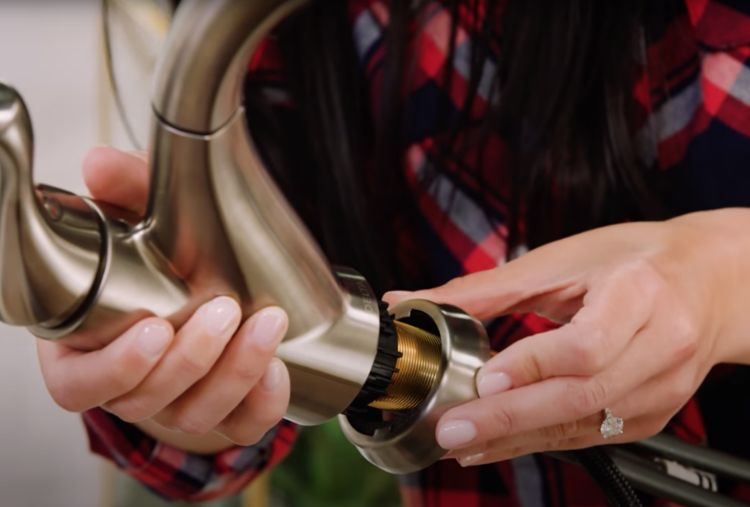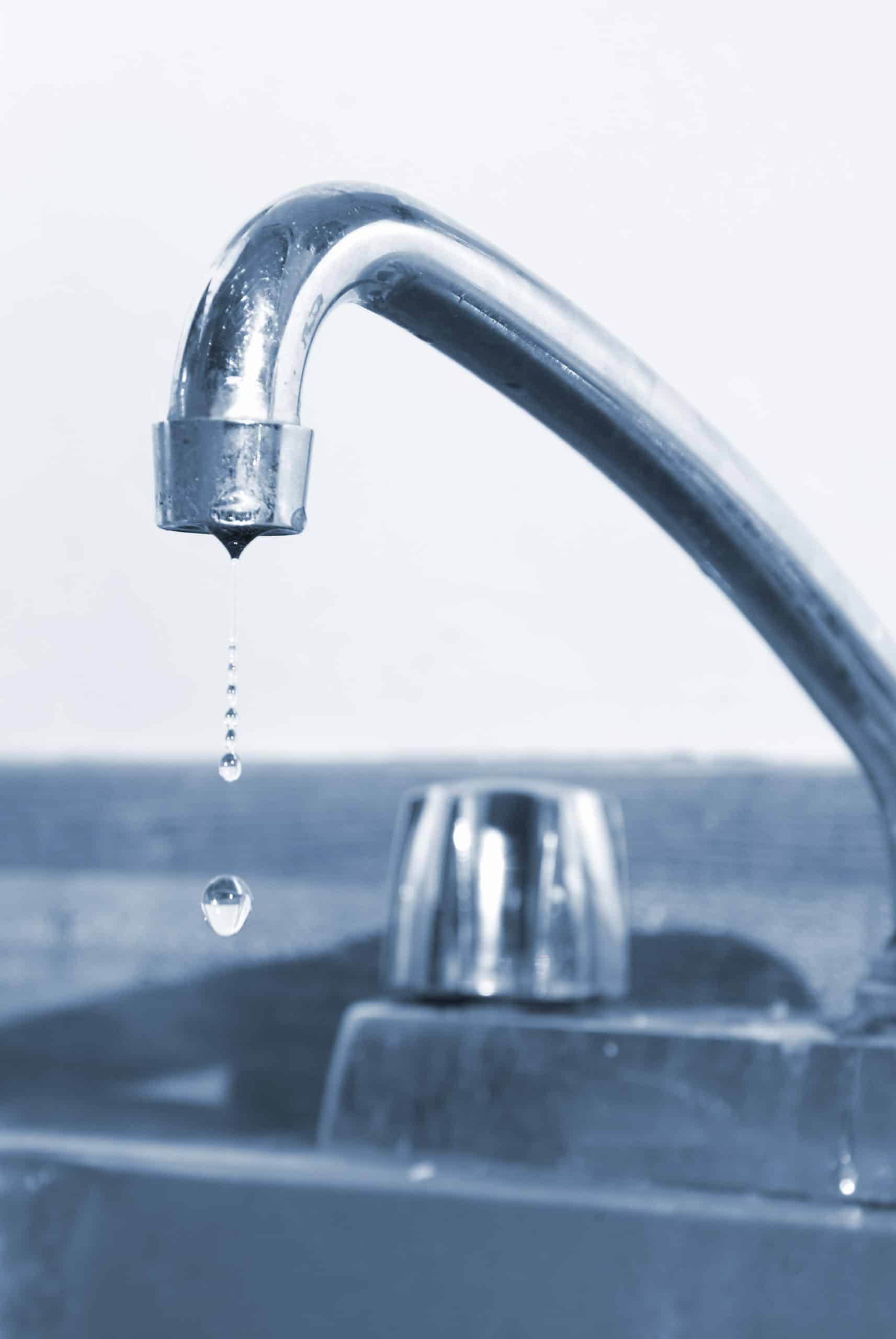Uncovering the Significance of Correcting a Dripping Faucet
Uncovering the Significance of Correcting a Dripping Faucet
Blog Article
Each person is bound to have their private idea about How to Fix a Dripping or Leaky Faucet .

Leaking taps could appear like a small trouble, yet their effect exceeds just the nuisance of the noise. From wasting water to incurring unnecessary economic prices and health and wellness dangers, ignoring a dripping tap can result in various effects. In this post, we'll explore why it's essential to address this common household issue without delay and effectively.
Wastage of Water
Environmental Impact
Trickling taps contribute significantly to water waste. According to the Environmental Protection Agency (EPA), a single tap leaking at one drip per secondly can waste more than 3,000 gallons of water each year. This not just strains water resources however likewise influences communities and wild animals depending on them.
Financial Prices
Increased Water Bills
Beyond the environmental impact, leaking faucets can pump up water costs substantially. The built up wastage in time translates into greater energy expenditures, which might have been prevented with prompt repair services.
Prospective Building Damages
Furthermore, prolonged leaking can cause harm to components and surfaces surrounding the faucet. Water buildup can cause staining, deterioration, and even structural issues if left ignored, leading to added fixing expenses.
Wellness Issues
Mold And Mildew and Mildew Development
The constant presence of wetness from a dripping faucet produces an optimal setting for mold and mold development. These fungis not only compromise indoor air quality but likewise present wellness threats, particularly for individuals with respiratory conditions or allergies.
Waterborne Diseases
Stationary water in leaking taps can end up being a breeding place for germs and other pathogens, increasing the threat of waterborne conditions. Impurities such as Legionella germs flourish in stagnant water, potentially leading to significant health problems when ingested or breathed in.
Do it yourself vs. Expert Repair
Pros and Cons of Do It Yourself Repair Work
While some might try to repair a trickling faucet themselves, do it yourself repairs include their own set of obstacles. Without proper understanding and devices, do it yourself attempts can intensify the concern or lead to incomplete fixings, prolonging the problem.
Advantages of Working With a Specialist Plumber
Hiring a professional plumber makes sure that the underlying cause of the dripping faucet is dealt with successfully. Plumbing professionals possess the knowledge and tools to identify and repair tap problems effectively, conserving time and decreasing the threat of further damage.
Step-by-Step Guide to Taking Care Of a Dripping Faucet
Devices Needed
Before attempting to fix a trickling faucet, collect the needed tools, consisting of an adjustable wrench, screwdrivers, replacement components (such as washers or cartridges), and plumber's tape.
Usual Faucet Issues and Their Solutions
Recognize the kind of tap and the particular problem causing the drip. Typical problems include damaged washers, rusty shutoff seats, or defective O-rings. Describe manufacturer directions or on-line tutorials for step-by-step support on repairs.
Preventive Measures
Routine Upkeep Tips
To stop dripping faucets, carry out regular upkeep such as cleansing aerators, inspecting for leaks, and replacing worn-out components immediately. In addition, take into consideration mounting water-saving tools or updating to extra reliable components.
Value of Prompt Fixes
Resolving leaking faucets as quickly as they're discovered avoids further water wastefulness and prospective damage, ultimately conserving both water and money in the future.
Influence On Property Worth
Perception of Well-Maintained Home
Maintaining a property in good condition, consisting of addressing maintenance concerns like dripping taps, boosts its perceived worth and worth among prospective customers or occupants.
Impact on Resale Value
Properties with well-kept plumbing fixtures, consisting of taps, command greater resale worths in the realty market. Attending to trickling taps can contribute to a positive impact during residential property evaluations and settlements.
Environmental Duty
Specific Contribution to Conservation
Taking responsibility for dealing with leaking faucets straightens with wider initiatives towards water preservation and ecological sustainability. Every person's activities jointly make a substantial influence on preserving priceless resources.
Lasting Living Practices
By prioritizing punctual repair work and adopting water-saving habits, individuals contribute to sustainable living practices that profit both present and future generations.
Final thought
Addressing a dripping tap surpasses simple convenience; it's an essential step towards saving water, decreasing monetary prices, and protecting wellness and residential property. Whether via DIY fixings or professional support, doing something about it to repair dripping faucets is a tiny yet impactful means to advertise responsible stewardship of resources and contribute to a healthier, more sustainable future.
Most Common Reasons for a Leaky Faucet and How to Stop the Drip
Whether it’s your kitchen faucet leaking or a bathroom faucet leaking, one leaky faucet can waste anywhere from three to 30 gallons of water every single day. If the constant drip-drip-drip doesn’t get your attention, your water bill will. The good news is that, by following a few simple steps, chances are pretty good you can fix the problem yourself.
Why is it dripping?
Before you start taking things apart, let’s break down some of the most common causes of a leaky faucet.
Bad O-ring.
A cartridge is a valve that controls the flow of water into the faucet spout. On cartridge faucets there’s an O-ring—the little disc attached to the stem screw that holds the faucet handle in place. If it’s loose or worn-out, it can cause your sink handle to leak. Of course, the cartridge itself could be worn out. If that’s the case, make sure you replace it with the exact same kind.
Corroded valve seat.
The valve seat connects the faucet and the spout. If the leak seems to be coming from the spout, it might be because a buildup of water sediment has corroded the valve seat.
Worn-out washers or seals.
A leaky spout could be caused by a bad washer that rests against the valve seat. It’s just a matter of time before friction takes its toll. It could also be the wrong size washer or one that’s been installed incorrectly. Water sediments can also corrode inlet and outlet seals.
Water pressure.
If the faucet only drips now and then, or when you turn the handles a certain way, you should probably check your home’s water pressure.
Loose or broken parts.
The adjusting ring and packing nuts in the stream screw can become loose over time, causing your sink handle to leak. Try tightening or replacing the packing nut. If the leak is coming from the pipes underneath the sink, you probably have a broken pipe or fitting. If that’s the case, you should definitely call a plumber.
Know your faucet.
Faucets come in a variety of types. Each one has its own assembly—and its own possible causes of leaks. Learning about the four most common kinds of faucets will help you know how to take them apart and make any repairs.
How to stop a leaky faucet
Fixing that leaky faucet doesn’t have to take a lot of time, money, or expertise. It’s usually a simple matter of replacing a worn-out washer or gasket, a loose O ring, or another part. Chances are really good you can do this yourself if you follow these simple steps.
Shut off the water.
Before you tackle the faucet, cut off the water supply to the sink. There should be one valve for hot and one for cold. Hand-turn them clockwise with your hands till they close. If there are no valves under the sink, head to the basement and shut off the main water supply to the house. Then turn on the faucet until it empties out the water that’s still in the line and you’re ready to start. It’s a good idea to cover the sink drain with a plug or a rag so you don’t lose any small pieces and parts while you’re working.

As an enthusiastic reader on What Causes Leaky Faucets & How To Fix Them, I imagined sharing that piece of content was essential. Sharing is good. Helping people is fun. Kudos for being here. Return soon.
Report this page